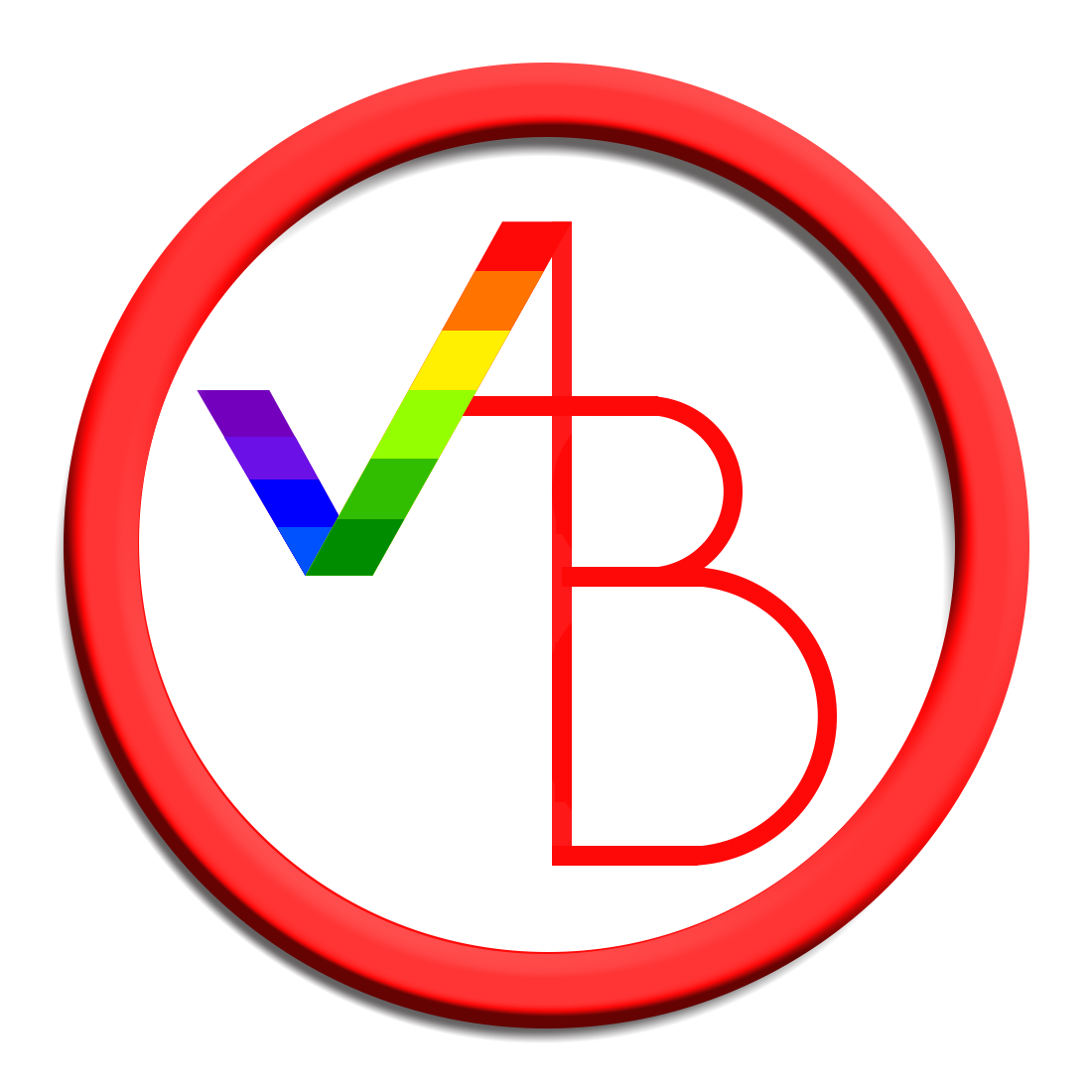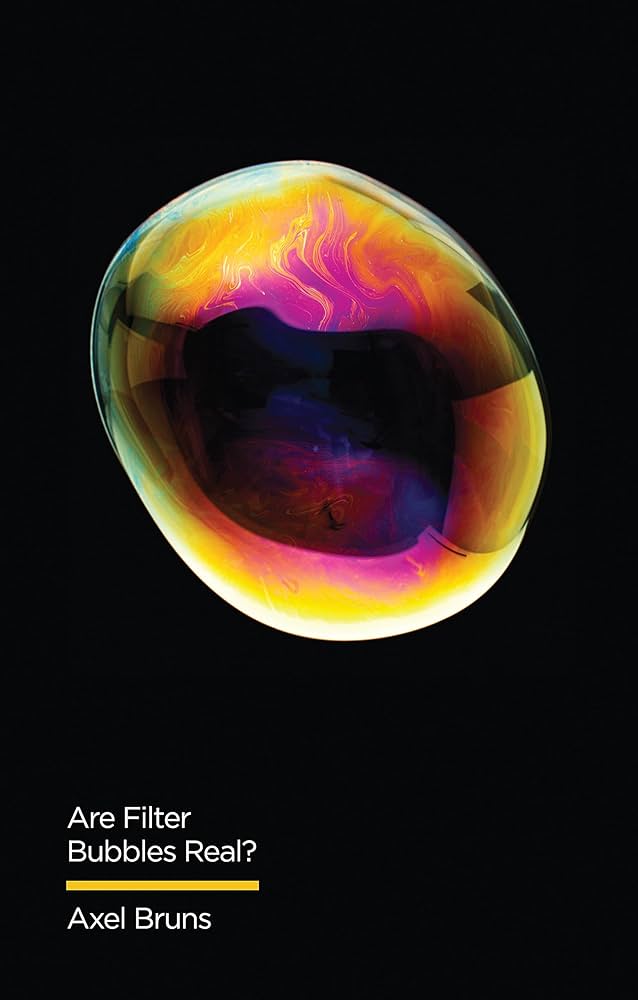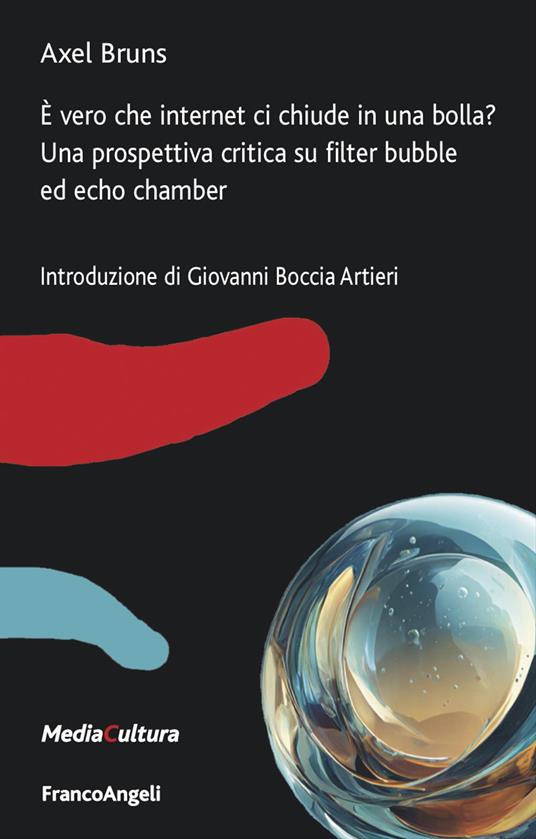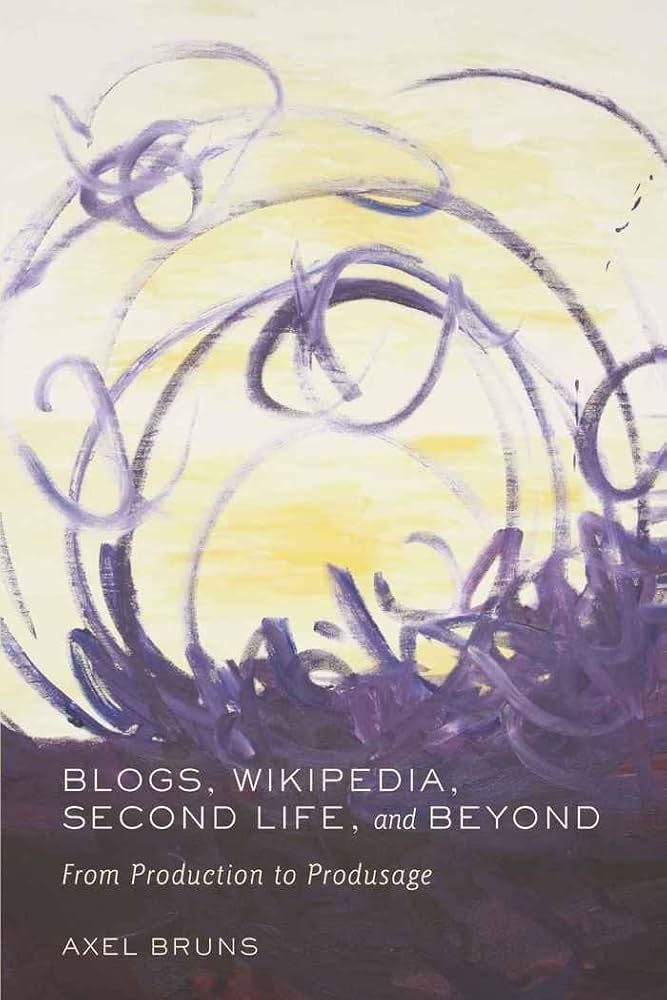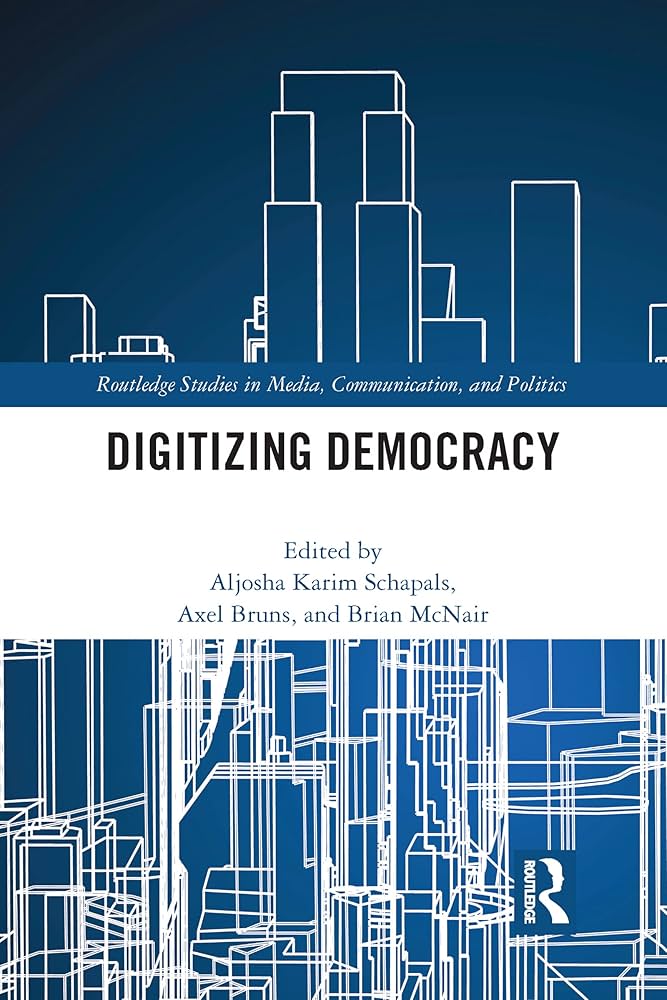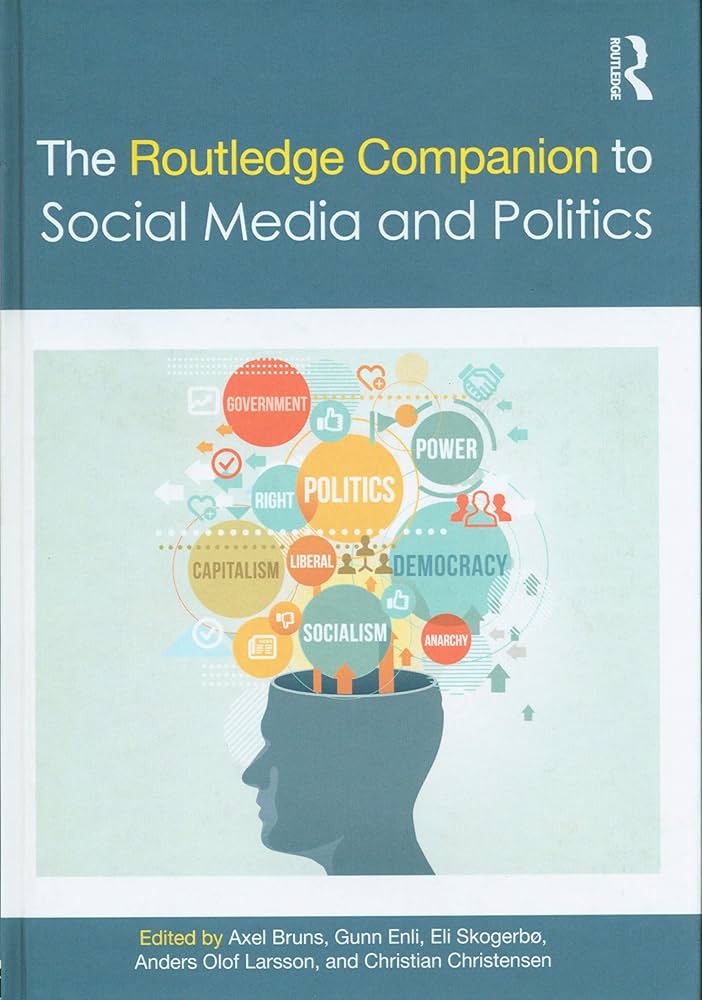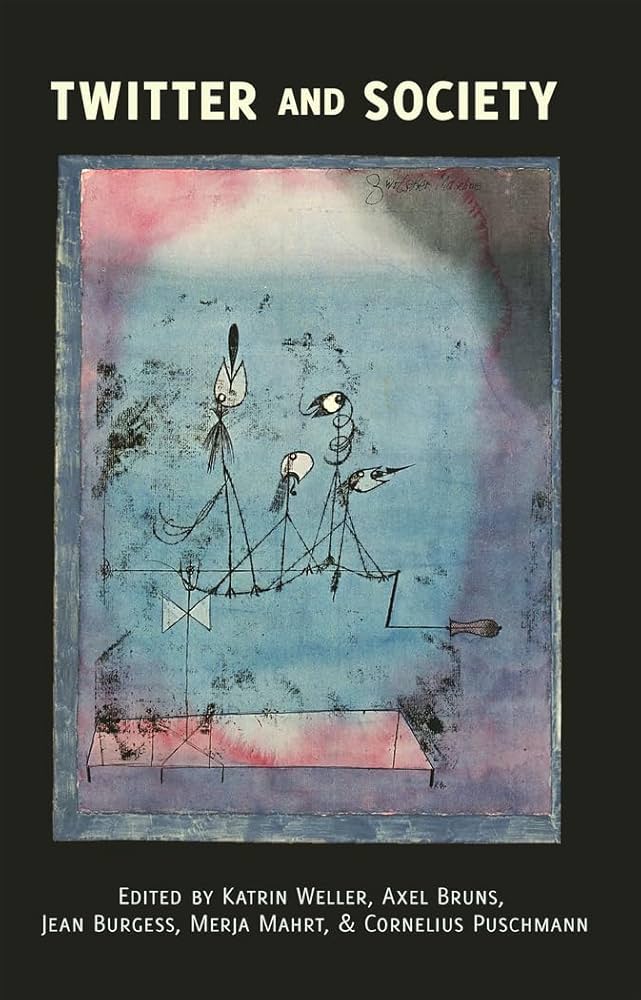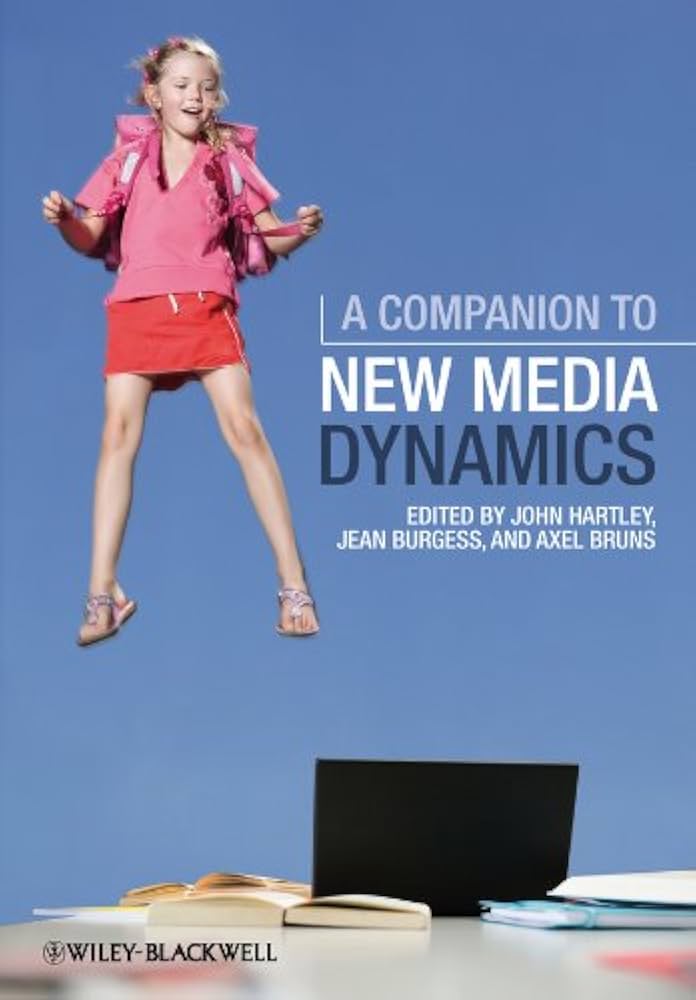The next speaker in this session at the ZeMKI 20th anniversary conference in Bremen is Hendrik Heuer, whose focus is on co-creating social media. This responds to the current substantial transformation of the social media environment, which prompts the question of what we might want social media platforms to look like in ten years or so. There have been longitudinal shifts from public to private, and creation to consumption, over the past years; this is driven in past by changing social media ecologies, by different use practices, different economic conditions, and other factors.
What content types, interaction paradigms, and user needs should future social media platforms cater to, then? This project asked a representative panel of US-based users about their wishes for the future, and analysed their free-form responses. Existing content features like direct messages, comments, photos, status updates were all anticipated as continuing into the future; AI companions and surrogates, and VR spaces and objects are not currently part of existing platforms, but these were also anticipated as possible content features in future.
Current interaction paradigms were personalisation, posting, and reacting; shopping, automating, meeting, and neural implants all appeared as possible features in future platforms, however. Meanwhile, users needs were agency and control; authenticity; being informed about news (including local news); to be undisturbed (e.g. by advertising); belonging to friends and communities; entertainment; physical co-presence; self-expression through sophisticated, tightly controlled profiles; and visual representation.
This what-how-why framework of exploring users’ interests and needs is productive in surfacing their hopes for future social media platforms, then, and enables further conversations about how to build such platforms, and experiments at doing so. The elements that have been identified here might serve as the building blocks for future social media experiences.
